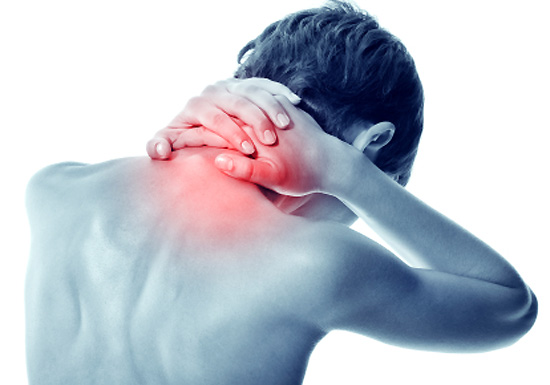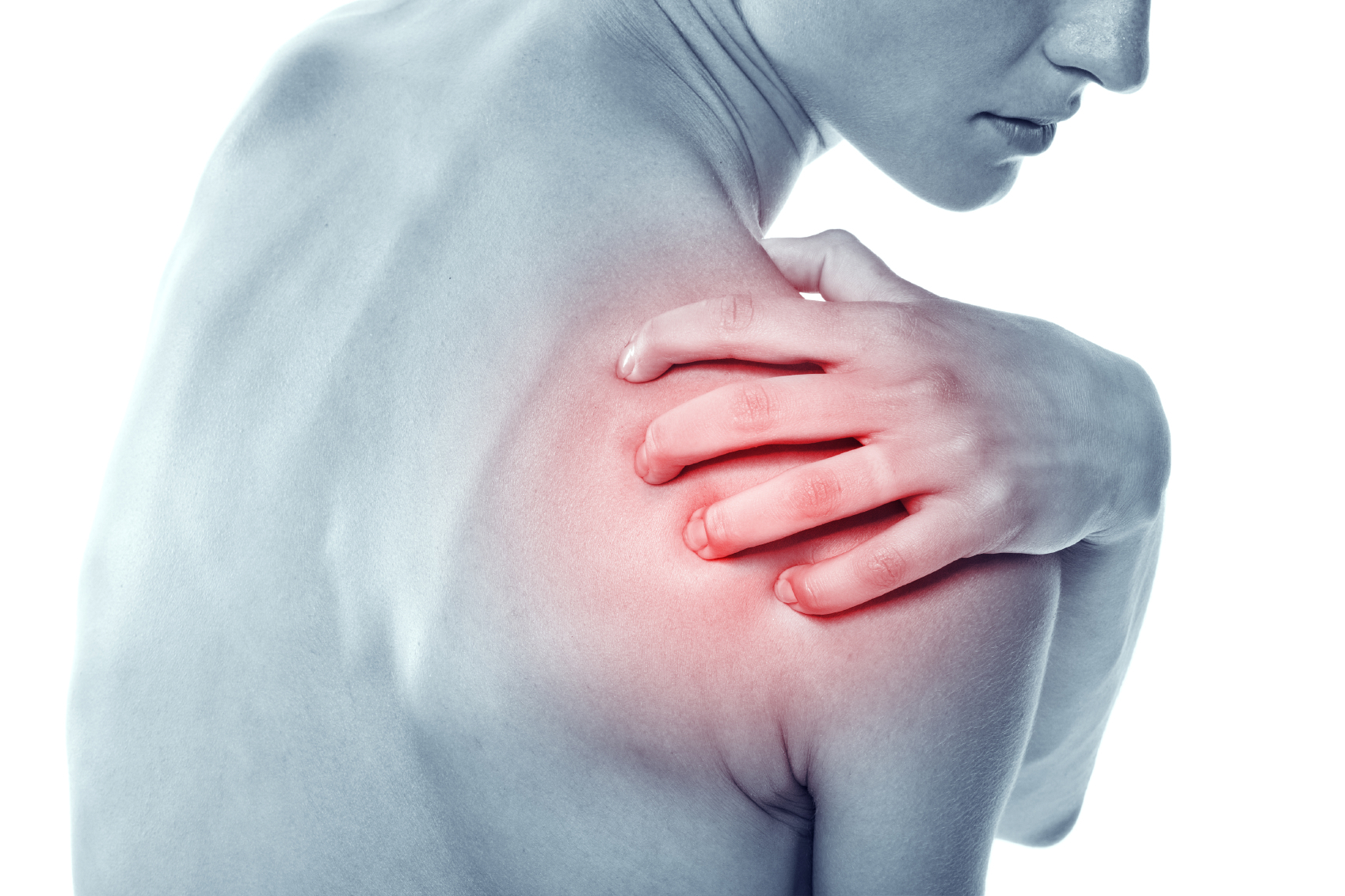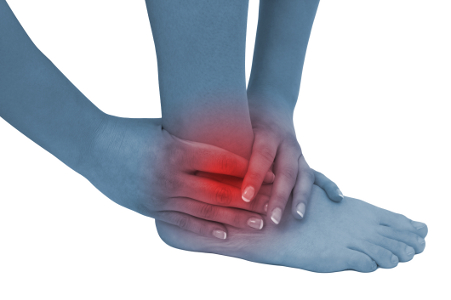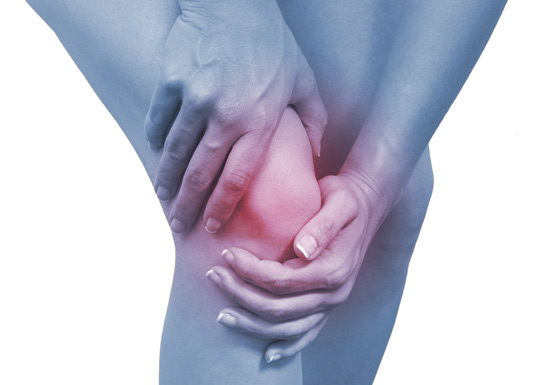Neck and Back pain
Neck and back pain is extremely common and most people will experience it in some form during their life time. The pain can range from a dull ache, to sharp shooting pains and can be short lived or constant in nature. Often there is no obvious cause for spinal pain, and it can occur seemingly for no reason or after an injury or accident.
There are also many names given to spinal pain including: * Prolapsed Disc * Sciatica * Lower Back Pain
- Osteoarthritis
- Back Stiffness * Spondylosis * Lumbar Spondylosis (Osteoarthritis of the spine ) * Lumbar Facet Joint Pain
- Disc Bulge
- Intervertebral Disc Prolapse
- Back Muscle Spasm
- Back Muscle Injury
- Back Ligament Injury
- Sacro-iliac Joint Pain
- Postural Low Back Pain
- Lumbago
- Wry neck
- Whiplash
- Neuropathic pain
- Acute/chronic
In the case of neck pain there may be symptoms into the shoulder and arm, or in lower back pain there may be symptoms into the legs. These symptoms are often called referred pain and can present as an ache, throbbing, pins and needles or numbness.
The majority of spinal pain is called mechanical or non-specific. This means that the source of the pain is probably due to damage to the muscle, ligaments, discs, or the vertebrae themselves. However, it is often very difficult to provide a precise location for the source of the pain – remember the spine is a complicated and intricate structure! If an irritation to one of these structures does occur it may result in localised and/or referred pain, potentially with muscle spasm – which can become very painful.
Nerve root pain means that a nerve coming out from the spinal cord (the root of the nerve) is irritated or pressed on. (Many people call this a trapped nerve.) You feel pain along the course of the nerve which may be cause pain into the arm or leg. Nerve pain is often caused by a bulging or prolapsed disc (slipped disc) – which puts pressure on the nerve and therefore causing the pain.
While lower back pain is extremely common, the symptoms and severity of lower back pain vary greatly. A simple lower back muscle strain might be excruciating enough to necessitate a hospital visit, while a degenerating disc might cause only mild, intermittent discomfort.
Identifying the symptoms, along with an accurate diagnosis of the underlying cause of the pain, is the first step in effectively managing your symptoms.
At 360-Physiotherapy there are many different methods used to treat your spinal pain which may include heat, massage, mobilisations, manipulations, acupuncture, core stability, pilates, stretches, neural mobility and many more.



